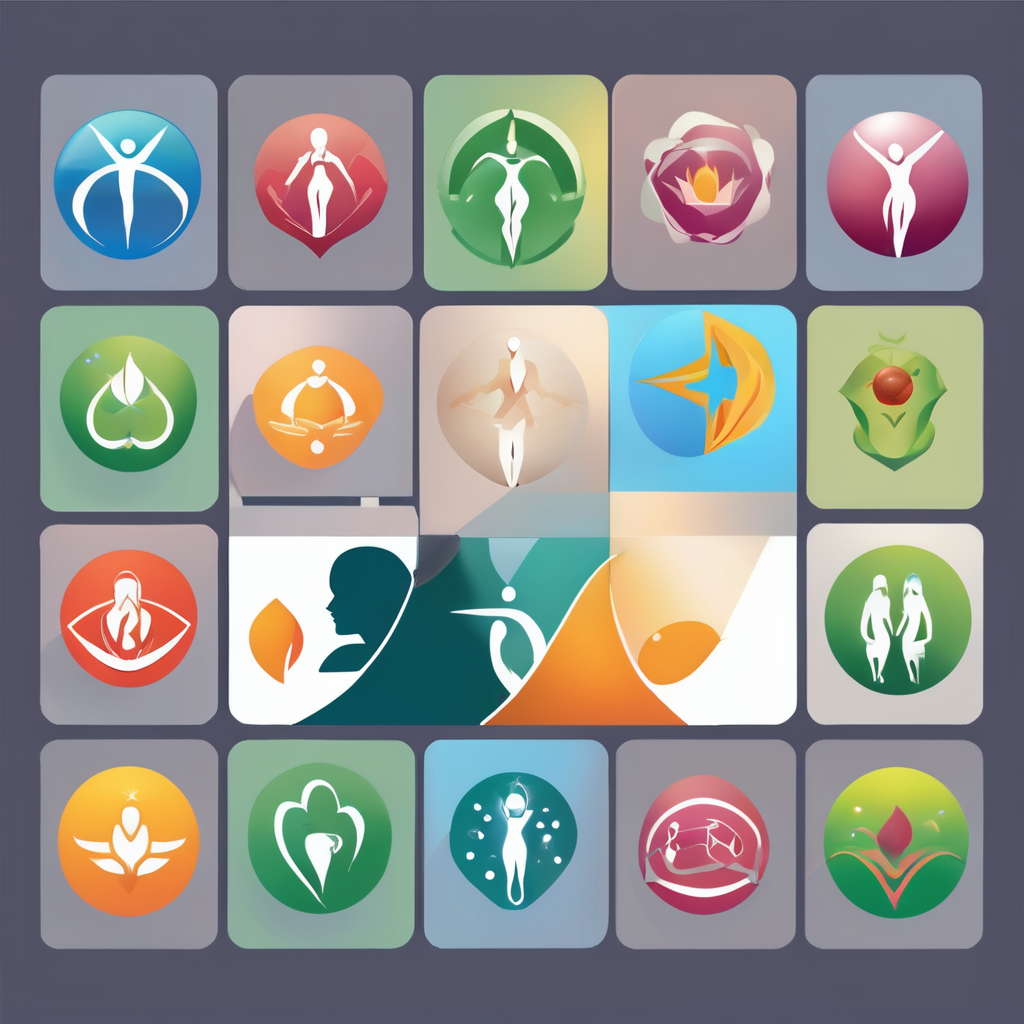Understanding Digital Eye Strain
Digital eye strain has become a prevalent issue, especially among young adults. It often manifests through symptoms such as dry eyes, headaches, blurred vision, and related discomfort. Given the escalation of screen usage, addressing digital eye strain is significant for preserving eye health. Studies indicate that a considerable percentage of school-aged children and university students report suffering from these symptoms, underscoring the need for awareness and action.
A critical measure to combat this growing problem is identifying symptoms early. Young adults often dismiss these signs or attribute them to temporary fatigue, worsening their condition over time. Recognising symptoms like eye fatigue and difficulty concentrating can guide timely interventions.
Additional reading : Unlocking cutting-edge approaches: how uk pain experts tackle neuropathic pain without opioids
Healthcare providers emphasize the importance of proactive measures and routine eye check-ups to mitigate potential damage caused by excessive screen exposure. Statistically, there’s been a rise in digital eye strain complaints among young adults, illustrating the necessity of both preventive and corrective approaches.
Increasing awareness through education on digital eye strain can lead to better overall eye health among younger populations. By understanding the scope and nature of this strain, individuals can navigate their digital environments more healthily, ensuring future generations do not suffer prolonged eye health issues.
Also read : Revolutionizing peritoneal dialysis: insights from top uk nephrologists on cutting-edge approaches
Effective Treatment Options for Patients
In managing digital eye strain, understanding effective treatment options is crucial for patients seeking relief. Eye care professionals often advocate a combination of prescriptions and alternative therapies to manage symptoms effectively.
Prescriptions, such as lubricating eye drops and anti-reflective lenses, are commonly recommended to reduce discomfort and enhance visual clarity. They serve as the first line of defence for individuals experiencing severe symptoms like dry eyes or blurred vision. These treatments directly address the underlying issues caused by prolonged screen exposure, offering significant relief.
In addition to prescriptions, many optometrists suggest therapeutic approaches such as regular eye exercises and adjustments in lighting conditions. These alternative therapies focus on reducing screen glare and maintaining sufficient eye moisture. For instance, implementing ambient lighting can help minimize the strain caused by harsh screen glare, while focal exercises can help improve eye muscle strength.
Furthermore, lifestyle adjustments, possibly combined with professional counselling, can enhance the effectiveness of these treatments and lead to a reduction in symptoms. Regular breaks from screens and mindful eye care practices often complement medical interventions, providing a holistic solution for young adults struggling with digital eye strain.
By exploring both traditional and alternative treatments, patients can effectively manage their symptoms and maintain healthy vision.
Preventive Measures for Young Adults
Digital eye strain, a prevalent issue among young adults, necessitates effective preventive measures. Managing screen time is crucial, with recommended guidelines suggesting limits to ensure eye health. Engaging in strategic lifestyle changes can reduce eye strain, providing long-term benefits.
A practical preventive strategy is the 20-20-20 rule, emphasised by eye care professionals. For every 20 minutes spent on screens, look at something 20 feet away for at least 20 seconds. This simple practice can significantly alleviate the symptoms of digital eye strain, helping maintain focus and reduce fatigue.
Additionally, integrating lifestyle changes such as optimizing lighting conditions and improving posture can make a notable difference. Ensuring ergonomic setups in work or study environments helps avoid excessive strain on the eyes and other body parts.
Further recommendations include:
- Balanced screen time: Limiting leisure screen activities after school or work.
- Regular breaks: Implementing consistent rest periods during screen use.
- Eye-friendly environments: Incorporating ambient lighting to reduce glare.
By adopting these preventive measures, young adults can manage digital eye strain more effectively. Cultivating such habits early ensures better eye health and minimizes future complications, promoting a balanced approach to technology use.
Patient Education Strategies for Optometrists
In the realm of patient education, optometrists play a pivotal role, particularly as digital eye strain becomes more prevalent among young adults. Effectively communicating important information can empower patients to take control of their eye health. It’s crucial for optometrists to use technology in their communication strategies to connect with their audience.
Implementing channels such as online consultations and digital newsletters can enhance information dissemination. These methods allow optometrists to provide timely updates and practical advice, making it easier for patients to manage their symptoms effectively. Optometrists can also create informative resources like visual guides and interactive workshops to engage young adults more effectively. These resources can be shared through social media platforms, reaching a broader audience eager to learn about eye care.
Additionally, personalised advice tailored to individuals’ lifestyle habits can improve understanding and adherence to education strategies. By integrating digital reminders and educational content into daily life, patients are more likely to adopt healthy practices that mitigate digital eye strain.
Optometrists must continuously update their knowledge base and utilise emerging technologies to enhance the effectiveness of communication with their patients. Engaging in proactive education fosters a mutually beneficial relationship, promoting better eye health outcomes for young adults grappling with the challenges of the digital era.
Leveraging Technology to Combat Eye Strain
In today’s digital era, utilising technology solutions is increasingly recognised as essential in mitigating digital eye strain. A variety of eye care tools have emerged to aid individuals in managing their screen time and reducing associated symptoms.
Software solutions play a significant role in addressing eye strain by monitoring screen usage and suggesting breaks. Applications like F.lux and Night Shift automatically adjust screen brightness and colour temperature based on the time of day, thereby reducing harmful blue light exposure. Additionally, reminder apps designed to prompt regular screen breaks can help integrate healthy digital health practices into daily routines, alleviating strain on the eyes.
Innovations in eyewear offer another layer of protection against digital eye strain. Glasses with anti-reflective coatings and blue light filters provide a straightforward way to minimise glare and harmful light exposure. These eyewear solutions are particularly beneficial for individuals who spend extended periods staring at screens.
By embracing these technology solutions, individuals can maintain healthier vision within their digital interactions. The combination of software tools and protective eyewear can provide a comprehensive strategy to effectively manage and reduce digital eye strain. This innovative approach not only supports immediate relief but also fosters long-term eye health for users across various devices.
Expert Opinions and Best Practices
Within the realm of optometry, expert advice is invaluable in managing digital strain. Recognised eye care professionals regularly share insights that help shape clinical best practices, ensuring patients receive top-notch care. These insights are often derived from successful case studies where tailored interventions have significantly alleviated discomfort related to digital eye strain.
One key contribution from UK optometrists highlights the importance of regular eye examinations. These check-ups play a critical role in early detection of symptoms and personalized treatment planning. Another commonly endorsed practice is the integration of protective eyewear, such as blue light filtering glasses. Many professionals note the effectiveness of these glasses in reducing exposure to harmful blue light, thus minimizing potential damage.
In addition to protective eyewear, eye care experts advocate for the inclusion of lifestyle changes. Simple adjustments, like optimizing workspaces with ergonomic setups, can surprisingly enhance comfort and reduce strain. Moreover, experts suggest incorporating routines that embrace regular breaks from screen exposure.
By integrating new findings into practice, eye care professionals stay abreast of evolving technology and its impact on eye health. Adherence to these validated practices not only ensures effective management but also benefits long-term vision health for patients engaging with digital devices extensively.











